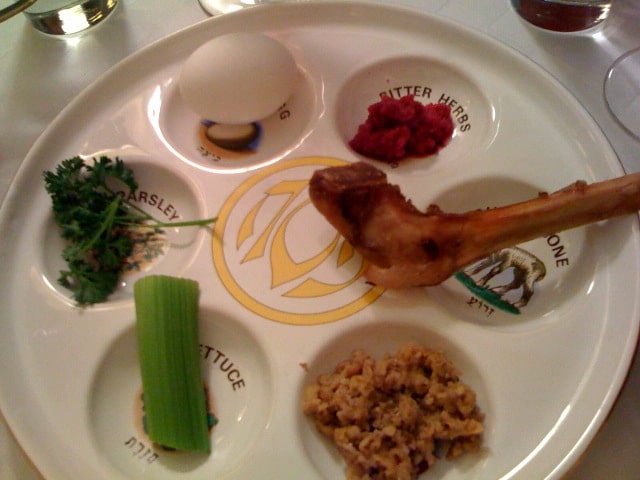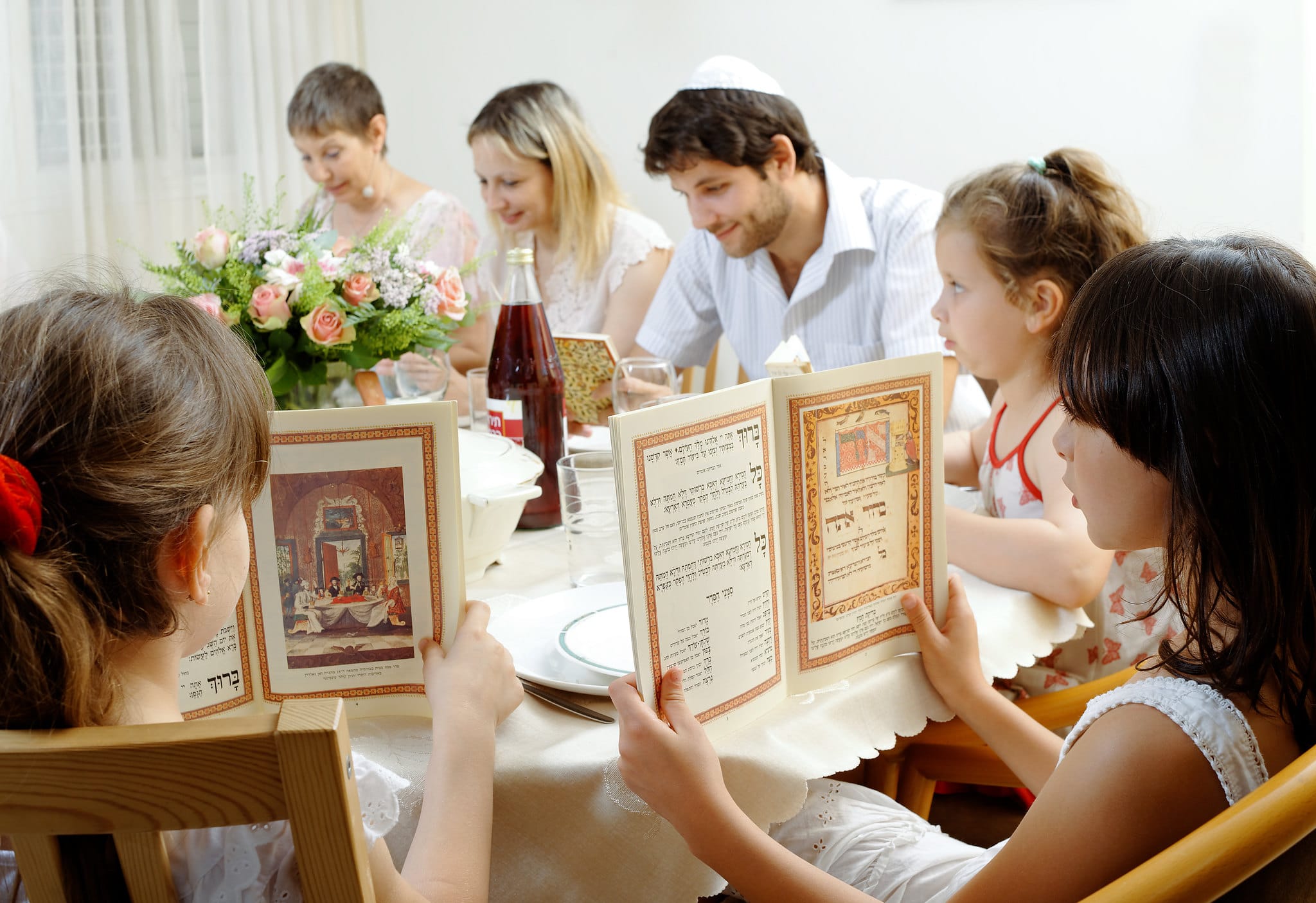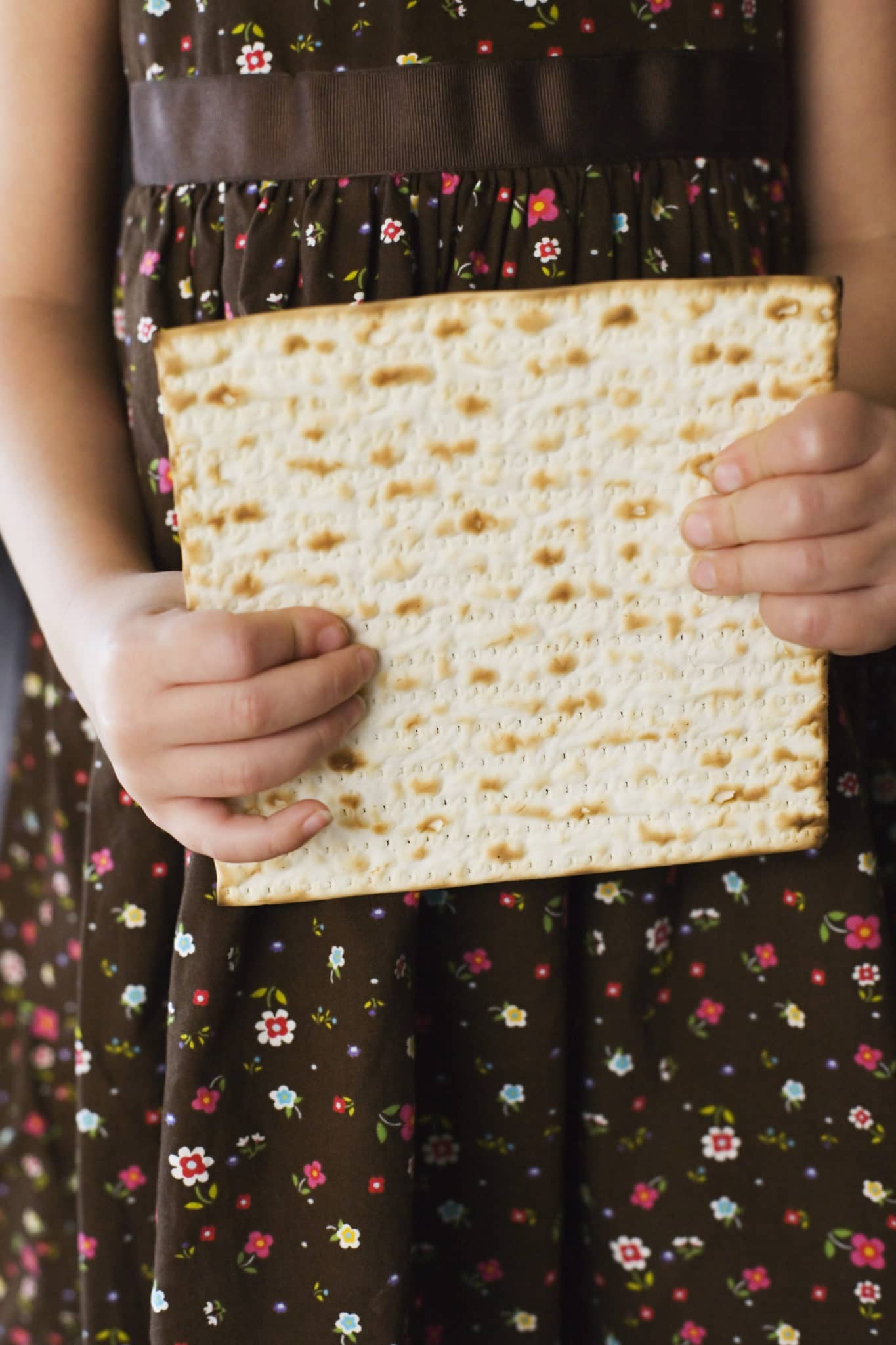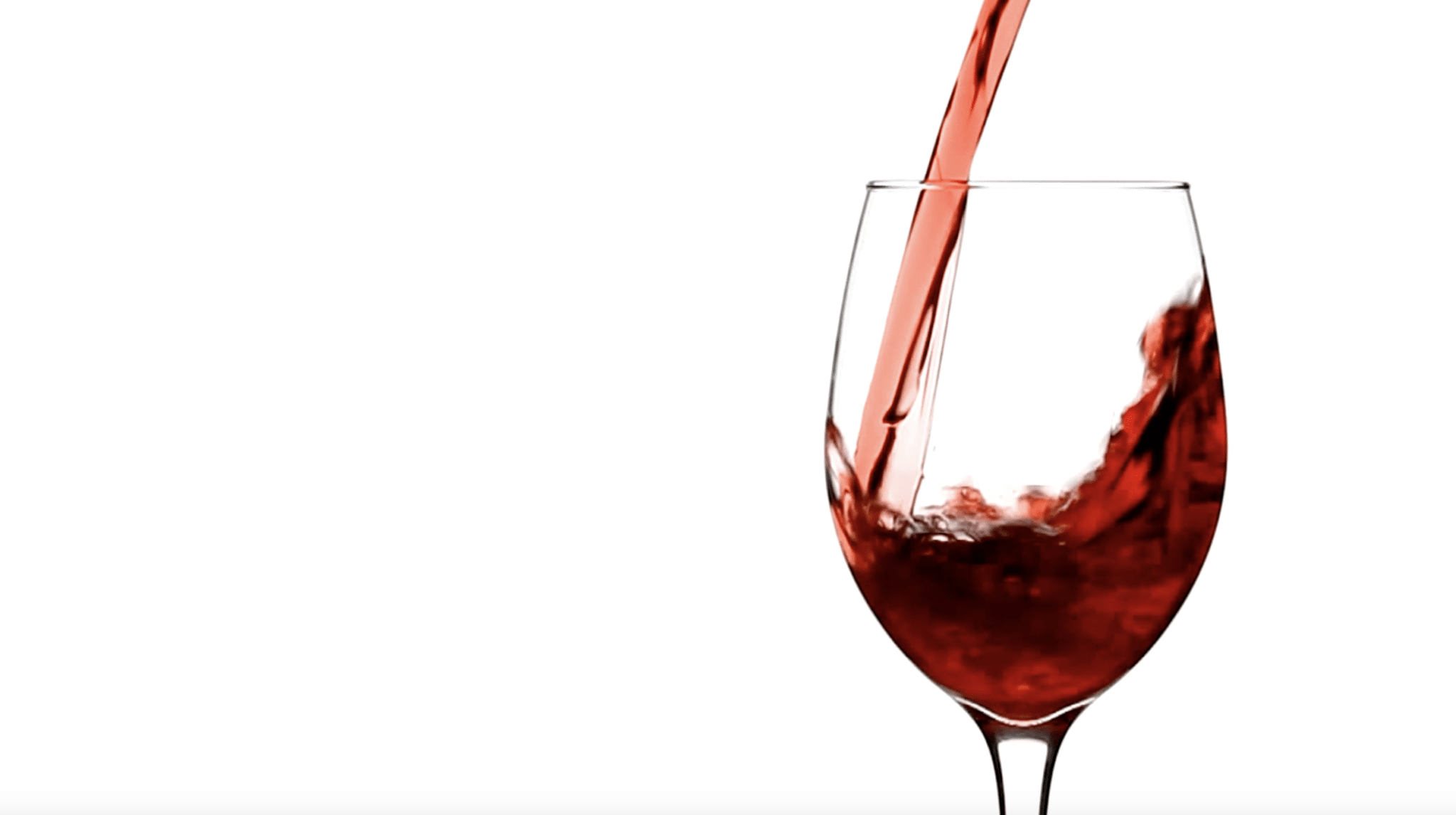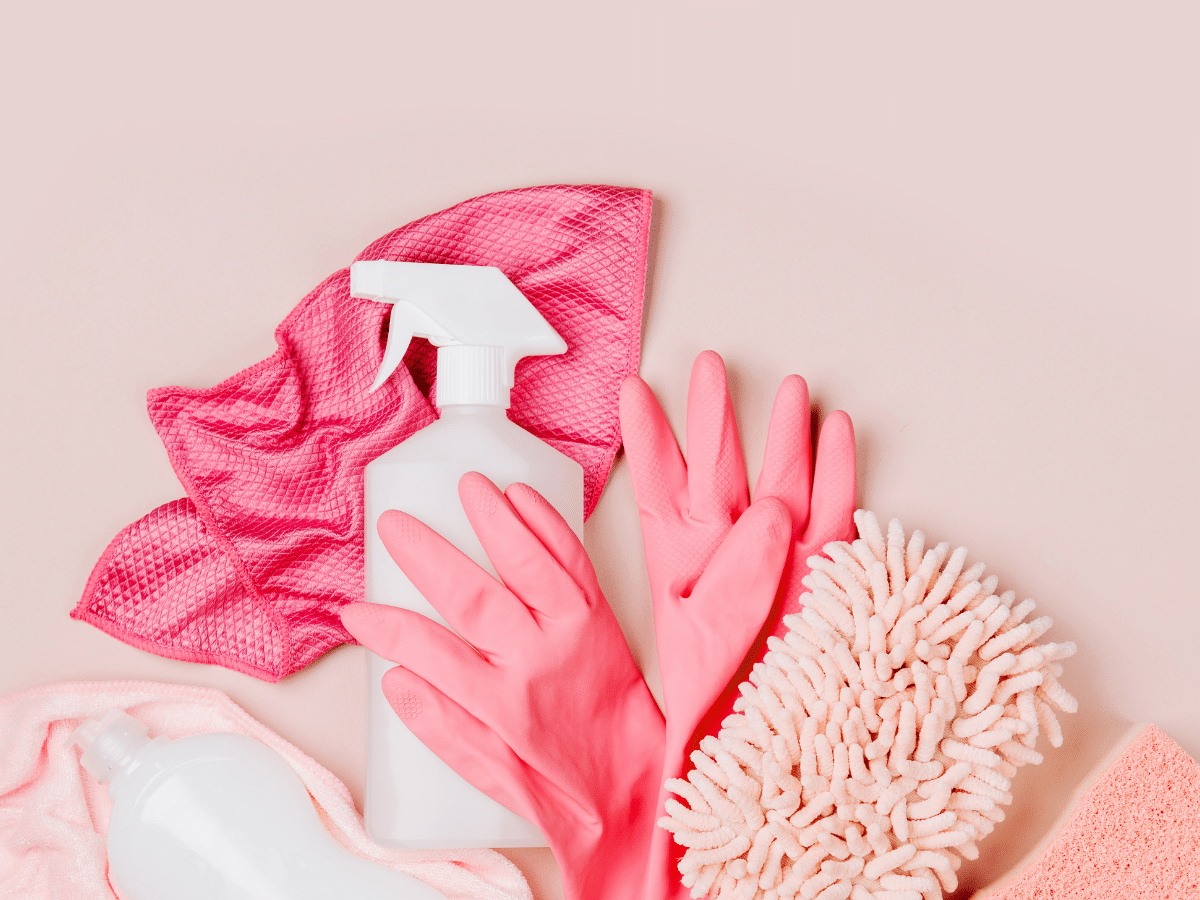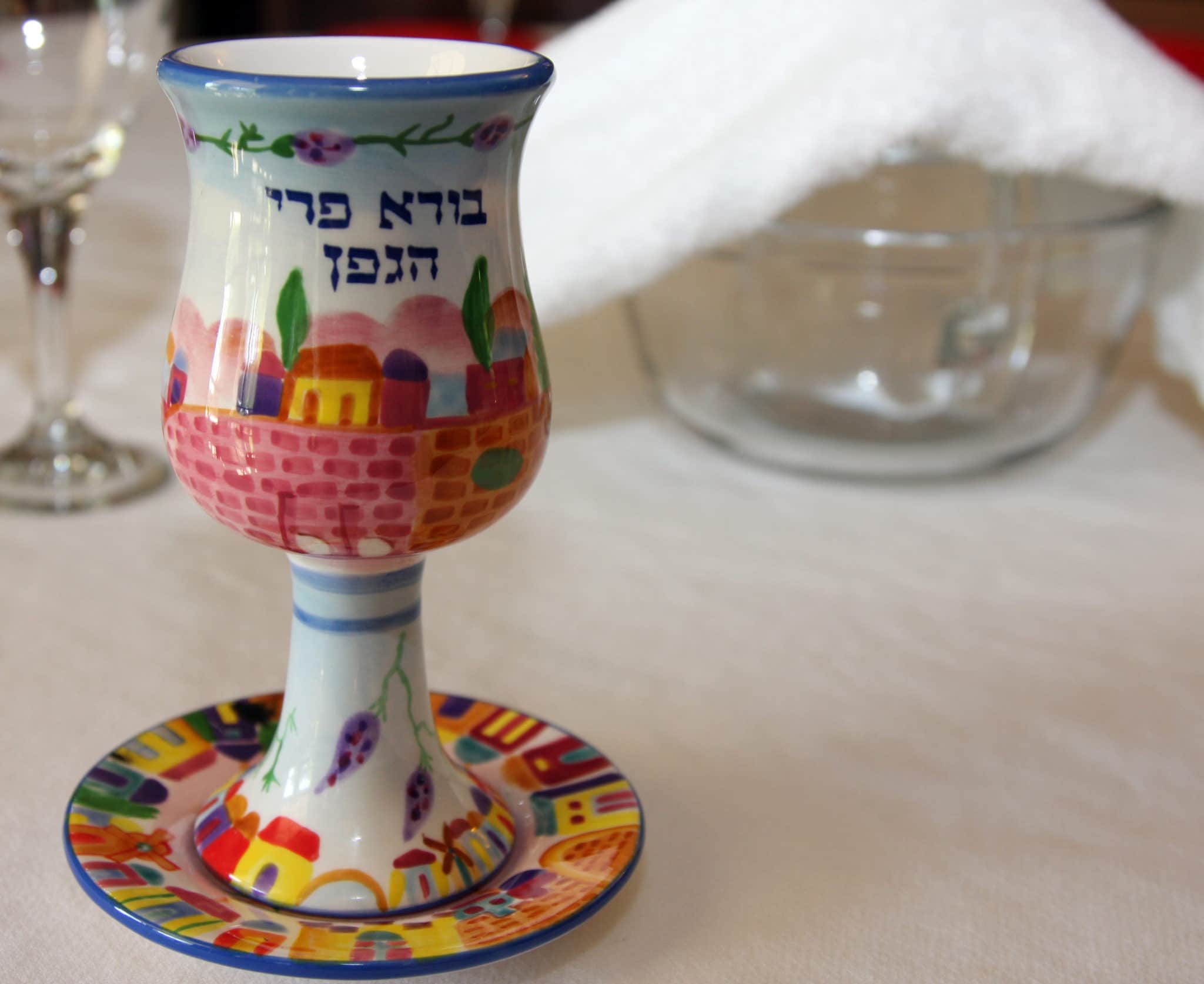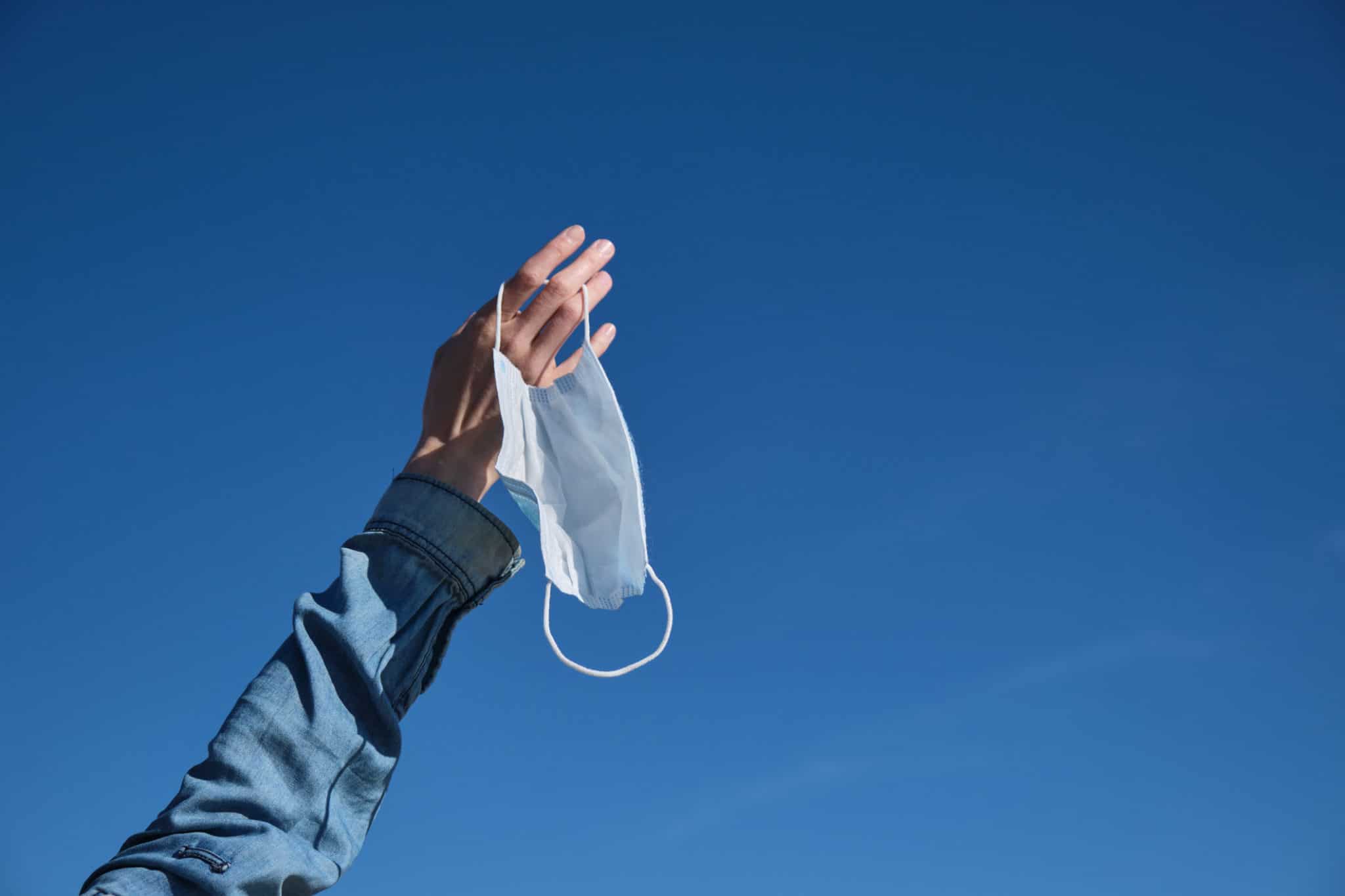
Passover is the most celebrated Jewish holiday with more than 70% of American Jews attending a seder, according to a recent Pew report. Are you ready to retell the story of the Jewish people’s miraculous Exodus from Egypt, and free yourself from whatever is holding you back this year? Here’s what you’ll need to prepare (physically and mentally) for Passover.
(When is Passover 2023? This year, Passover starts on the evening of Wednesday, April 5 and goes through the evening of Thursday, April 13.)
- Seder plate — The seder plate contains six foods: a green vegetable (usually parsley), haroset (a mixture of fruit and nuts), two types of bitter herbs, a shankbone and egg. Each item symbolizes a part of the Passover story that is told at the seder.
- Haggadah — Haggadah means “telling” in Hebrew. You’ll need this book to guide you and your guests at the seder. The Haggadah contains the order of the service, the story of the Exodus from Egypt, blessings and songs for Passover, illustrations and more!
- Matzah — You’ll be eating a lot of this if you’re keeping kosher for Passover. Matzah (unleavened bread) symbolizes the food the Israelites brought with them on the Exodus. They were in such a hurry to leave Egypt that they did not have time to leaven their bread (Shemot/Exodus 12:39). Matzah also forms the basis of traditional Passover foods like matzo ball soup and matzo brie.
- Afikoman — This is a piece of matzah that is eaten at the end of the Passover meal. It is also commonly a game for children — the seder leader hides the Afikoman and the kids compete for prizes to find it. In other households, a child “steals” the Afikoman from the seder leader and wins a prize for returning it.
- Wine — The seder table traditionally flows with wine to fill the four cups for each participant. The four cups could represent the different articulations of divine redemption in the Exodus story: “I will bring you out,” “deliver you,” “redeem you” and “take you to Me for a people.”
- Remove chametz from your home — Jews are forbidden to eat chametz (“leavened bread”) during Passover, or even have it in their possession. Therefore, leading up to Passover, traditionally observant Jews thoroughly clean their kitchens and homes, removing all traces of chametz. Since Passover takes place in the spring, many also use this as an opportunity for a spring cleaning.
- The Four Questions — If you’re the youngest person at your seder, you could be called on to recite this. The Four Questions highlight the purpose of the Passover seder and what makes it different from a typical meal. These questions come early in the service and set the stage for telling the Passover story.
- The cup of Elijah — In addition to the four cups of wine drunk by each guest, an additional cup of wine is poured in honor of Elijah the prophet who is thought to “visit” each Passover seder. According to tradition, Elijah will one day arrive and proclaim the advent of the messianic age.
- Reflect on the freedom you seek this year — Sir Isaiah Berlin developed the idea that there are two types of freedom: “Freedom from” and “freedom to.” To mentally prepare for Passover, reflect on what you are seeking freedom from and what you are seeking freedom to do or become. Passover is about the ongoing process of redemption, so think about what you will do this year to free yourself from those circumstances.
- Learn more about Passover — Check out our guide to the holiday, listen to these songs that will get you into the Passover feels, and reflect on these quotes about freedom.
Originally Published Mar 29, 2023 12:02AM EDT
